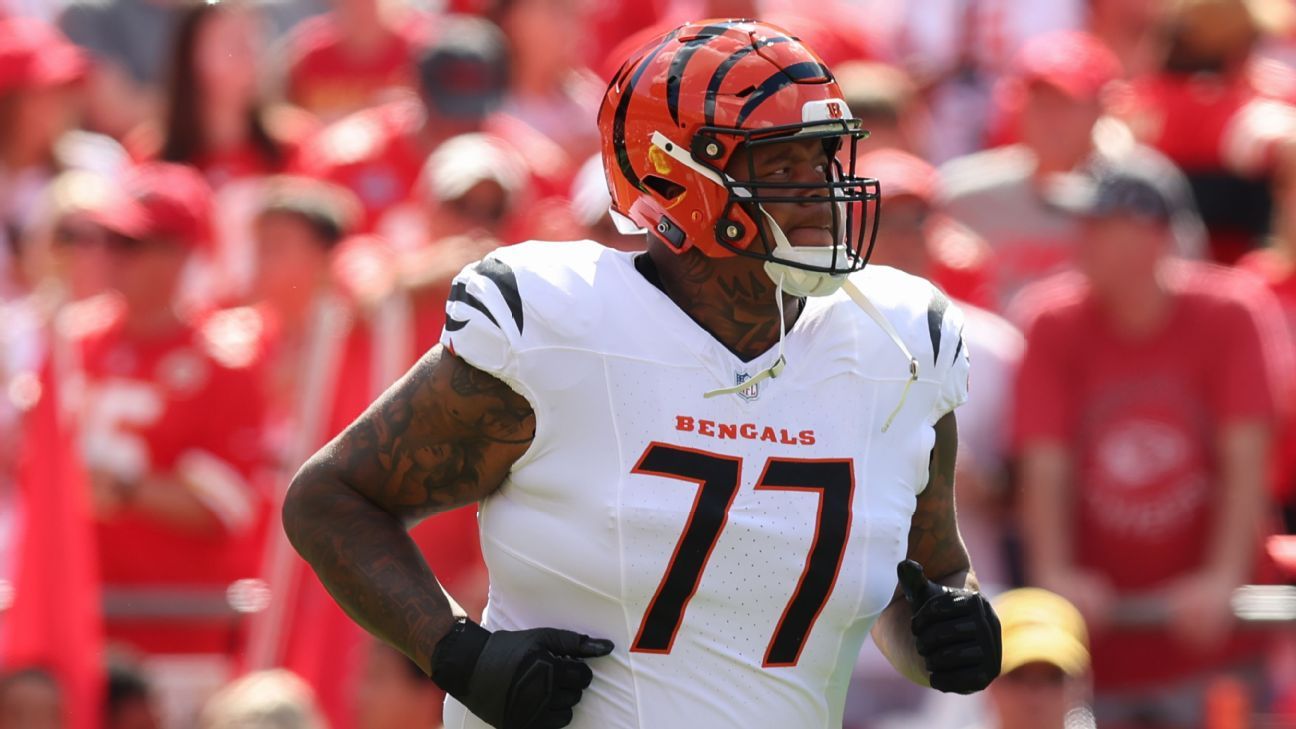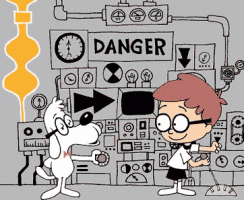SMH............
****************************************
Orthop J Sports Med .
2025 Feb 6
Recent Trends in Quadriceps Tendon and Patellar Tendon Injuries in the National Football League
John R Baumann†,‡,*,
Ashwin R Garlapaty†,‡,
James L Cook†,‡,
Steven F DeFroda†,‡
While
quadriceps tendon (QT) and
patellar tendon (PT) tears are relatively rare in the National Football League (NFL), the impact they can have on a player’s season and career is significant. Despite the importance of extensor tendon injuries within the NFL, there is a lack of recent literature describing their risk factors, incidence, and impact on performance.
Purposes:
To determine the incidence and impact of QT and PT injuries in the NFL between the 2009-2010 and 2022-2023 seasons and to explore the impact that player and injury characteristics have on injury risk, return to play (RTP), and player performance.
Study Design:
Descriptive epidemiology study.
Methods:
Publicly available data were reviewed to capture all PT and QT tears reported in the NFL between the 2009-2010 and 2022-2023 seasons. RTP and performance metrics were recorded for each player during the season before injury and the first 2 seasons postinjury. Data were analyzed to determine statistically significant differences in proportions using chi-square tests, Fisher exact tests, or McNemar tests. Statistical significance was set at
P < .05.
Results:
A total of 80 extensor tendon tears (24 QT tears, 56 PT tears) were identified between the 2009-2010 and 2022-2023 NFL seasons. Risk factors for QT injury included body mass index ≥31, age ≥26 years, and >4 years of NFL experience. The risk for QT injury was higher in offensive and defensive linemen compared with skill players. The risk for PT injury was higher for offensive linemen compared with other position groups. Overall, 96.3% of extensor tendon injuries were season ending.
The RTP rate for QT injuries was greater (58.3%) than that for PT injuries (55.4%). QT injuries resulted in a greater rate of return to prior performance level and a quicker return to performance compared with PT injuries.
Conclusion:
The rates of QT and PT injury were higher in this study compared with those found in prior NFL studies. This study found similar RTP rates after QT injury but significantly lower RTP rates after PT injury compared with the previous literature. This highlights the significant, devastating, and increasing impact that extensor tendon injuries have on NFL players.




